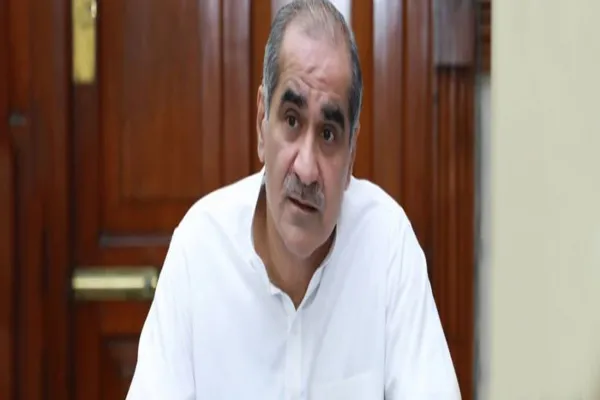i NEWS PAKISTAN
Punjab Chief Minister Maryam Nawaz approved establishment of latest and state-of-the-art Climate Observatory in the province. The decision was taken during a special meeting presided over by Punjab Senior Minister Maryam Aurangzeb in Lahore today. The meeting participants made several decisions regarding the budget, instruments, land allocation, and the feasibility report. University of Engineering and Technology (UET) Lahore also submitted its Climate Observatory Report in the meeting.
The facility will be equipped with an automated communication and linkage system, in addition to a GIS lab, sectoral interface systems, and a modern data hub. Advanced MRI-based systems will be employed for data processing and climate analysis. A specialized internship program will be launched to train environmental experts across various sectors. The observatory will also include a data archiving system, a coordination unit, and an international communication cell to foster collaboration with global climate networks.
Senior Minister Aurangzeb also directed the development of a smart organizational structure for efficient operations. Briefing participants, experts noted that the Climate Observatory will play a critical role in forecasting climate threats, conducting real-time analysis, and supporting timely decision-making. It will significantly contribute to advancing scientific research and enable effective information exchange at the international level.
Punjab Senior Minister Marriyum Aurangzeb said, “Chief Minister Maryam Nawaz Sharif has presented a comprehensive plan to tackle the threats posed by climate change. The establishment of this observatory marks a transformative milestone in Punjab’s environmental protection efforts.” Climate observatories are specialized facilities equipped with modern tools to monitor atmospheric and environmental changes. Experts use real-time data to detect potential threats and issue early warnings—vital for policy response and disaster preparedness.
Credit: Independent News Pakistan (INP)









